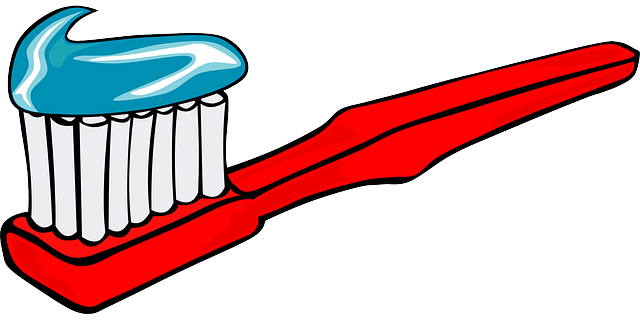Unhealthy trees in your Thornton yard exhibit visual cues like leaf discoloration, droppage, damaged branches, abnormal growth, or decay. These symptoms signal root problems, pests, diseases, or environmental stress. Proactively planting suitable tree species and regular monitoring prevent issues. Inspect for changes like wilting, unusual growths, or foliage loss; practice proper maintenance, avoid mechanical damage to ensure trees' long-term health and a vibrant yard.
In the vibrant landscape of Thornton, proper tree care is essential for maintaining a healthy and beautiful environment. This article guides residents on recognizing the subtle signs of an unhealthy tree, which could be a symptom of various issues. We explore how identifying these symptoms early can prevent severe damage. Additionally, we offer a proactive approach to residential tree planting and share effective strategies for tree care and maintenance, ensuring your Thornton yard thrives with robust and vibrant trees.
- Recognizing Unhealthy Tree Symptoms in Your Thornton Yard
- Residential Tree Planting: A Proactive Approach
- Effective Strategies for Tree Care and Maintenance
Recognizing Unhealthy Tree Symptoms in Your Thornton Yard

Unhealthy trees can be a sign of distress, often indicating underlying issues that require attention. In your Thornton yard, there are several visual cues to look out for when identifying potentially sick or struggling trees. One of the most noticeable symptoms is unusual leaf discoloration and droppage. If you notice leaves turning yellow, brown, or black prematurely, or if they fall off in clusters, it could be a red flag. This is especially true if only specific branches show these signs, as it may point to a disease or pest infestation targeting particular parts of the tree.
Another crucial aspect to consider is branch damage and growth patterns. Broken or brittle branches, as well as unusual growths or swellings, should prompt an inspection. Trees under stress might also exhibit leaf distortion, abnormal twig development, or rapid defoliation. Additionally, keep an eye out for signs of wood decay at the base of the tree or near wounds, indicated by soft, porous, or discolored bark. These symptoms collectively suggest that your Thornton yard’s trees may need specialized care to thrive healthily.
Residential Tree Planting: A Proactive Approach

Residential tree planting is a proactive approach to enhancing your yard’s aesthetics and health. Before selecting new trees, it’s crucial to assess your existing ones for signs of distress. Unhealthy trees in your Thornton yard might exhibit noticeable changes like discolored or shedding leaves, unusual growth patterns, or structural weaknesses. These symptoms often indicate root problems, pests, diseases, or environmental stress.
By proactively planting new trees as a replacement, you not only improve the overall look of your property but also create a more resilient landscape. Selecting suitable tree species for your climate and soil conditions ensures better adaptability and longevity. Regular monitoring and timely intervention can prevent minor issues from becoming severe problems that might require costly emergency services or even pose safety hazards.
Effective Strategies for Tree Care and Maintenance

Effective Tree Care Strategies for Your Thornton Yard
Regularly inspecting your trees is crucial to identifying potential issues early on. As a homeowner, keep an eye out for any unusual changes in their appearance or behavior. Signs of an unhealthy tree might include wilting leaves, abnormal growths, or unexpected loss of foliage. These could indicate various problems like pest infestations, diseases, or structural weaknesses. Regular checks allow you to take prompt action, ensuring the well-being of your trees and preventing minor issues from turning into major concerns.
Proper maintenance practices are key to keeping your Thornton yard’s trees healthy. This includes adequate watering, especially during dry spells, and applying suitable fertilizers to promote robust growth. Pruning is another essential task; removing dead or diseased branches not only enhances the tree’s aesthetics but also encourages new, healthier growth. Additionally, protecting trees from mechanical damage, such as lawnmower injuries, is vital for long-term health.
In conclusion, proper tree care is essential for maintaining a healthy and vibrant landscape. By recognizing the signs of an unhealthy tree early on, such as those commonly found in your Thornton yard, you can take proactive measures through residential tree planting and effective maintenance strategies. These steps ensure not only the well-being of your trees but also contribute to the overall beauty and value of your property.
